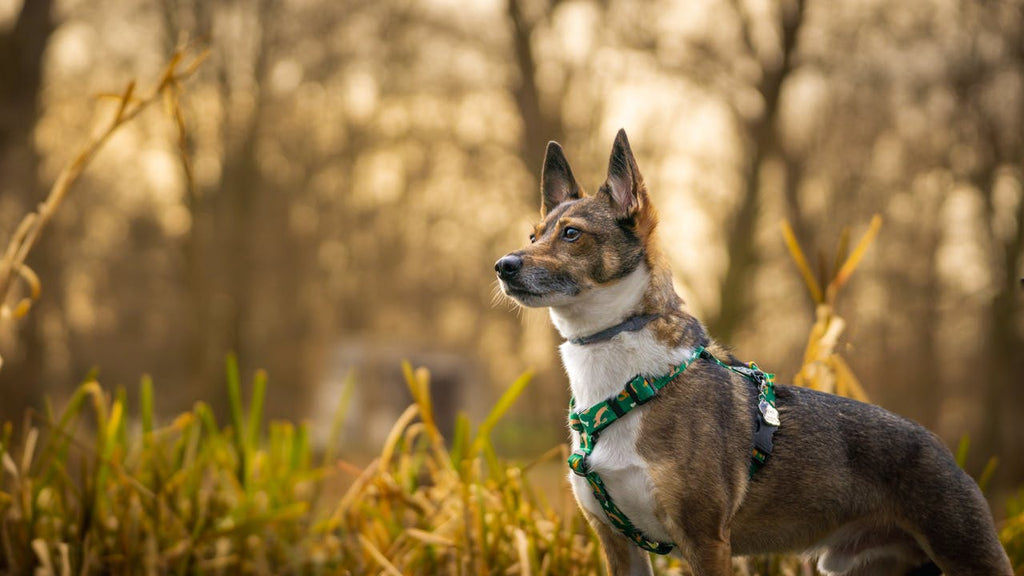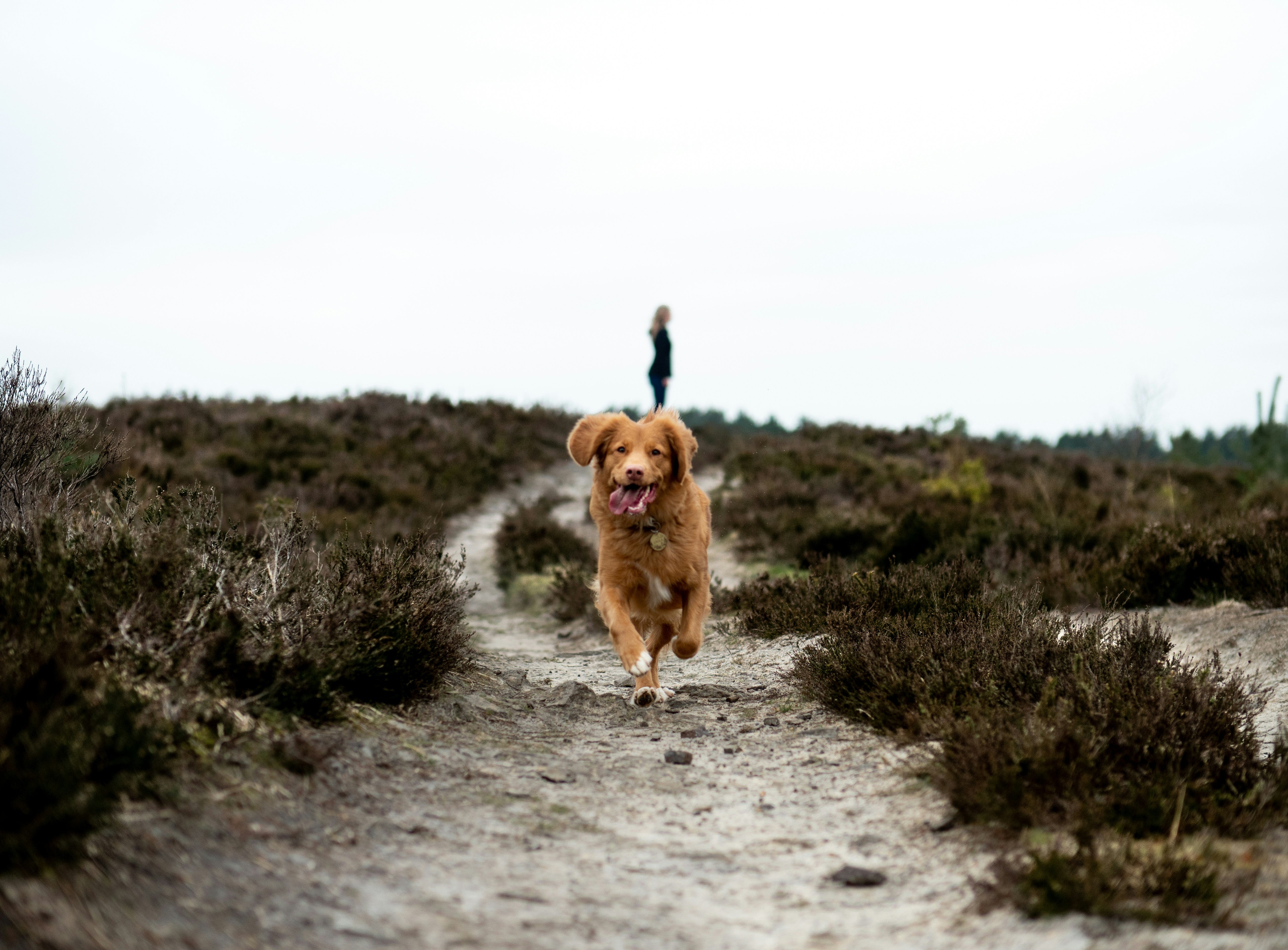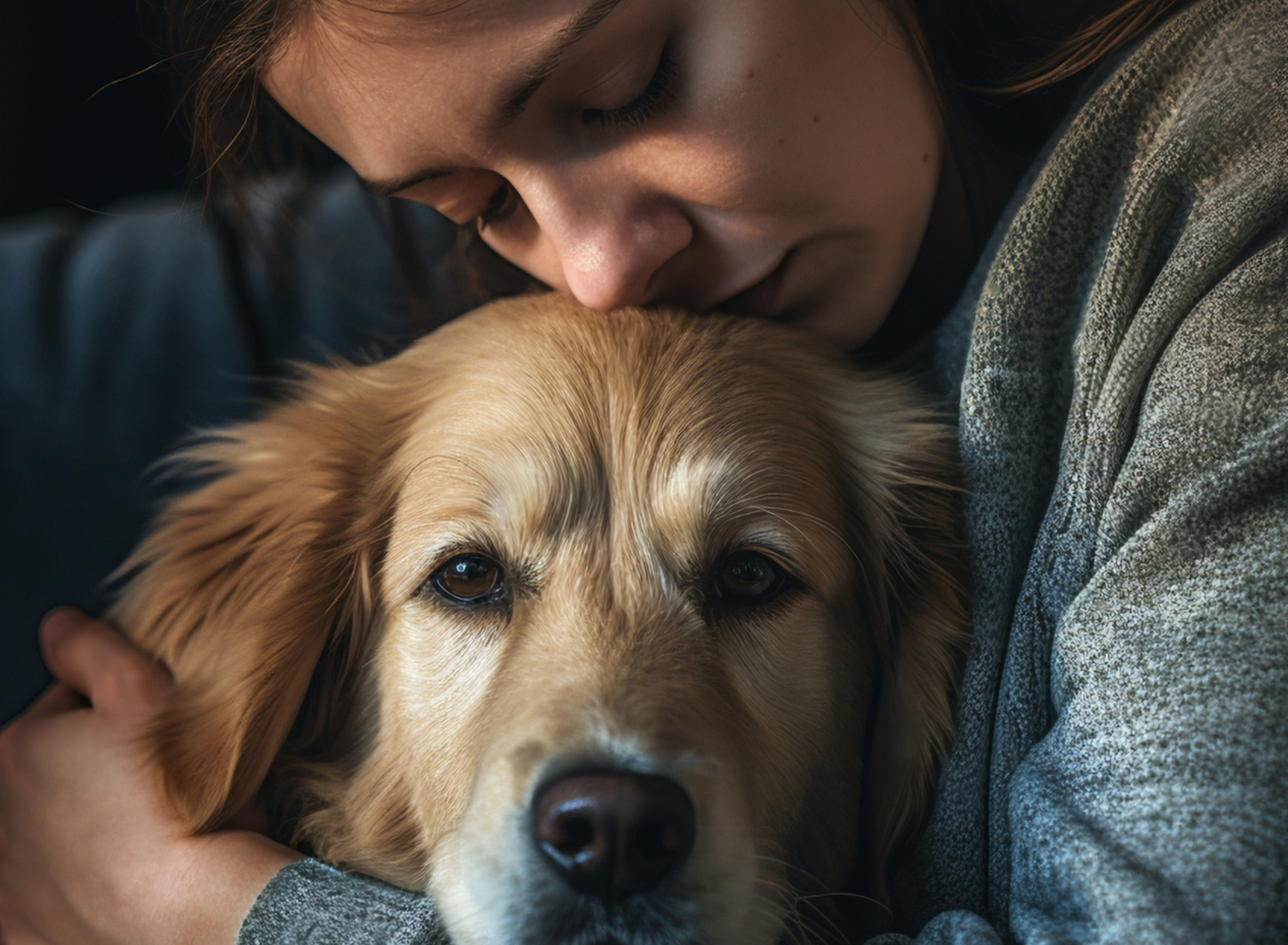
How To Recognize When Your Dog Is Guarding You

Guarding behavior in dogs can be a concerning issue that affects the relationship between a dog and its owner. Understanding the signs and factors contributing to this behavior is crucial for addressing and managing it effectively. In this article, we will explore common signs of guarding behavior in dogs, factors that may contribute to this behavior, and the impact it can have on the dog-owner relationship.
Key Takeaways
- Recognizing body language cues is essential in identifying guarding behavior in dogs.
- Addressing past trauma and providing a safe environment can help reduce guarding behavior.
- Socializing your dog from a young age can prevent guarding behavior.
- Building trust through positive reinforcement is key to improving the dog-owner relationship.
- Seeking professional help from a behaviorist is recommended for severe cases of guarding behavior.
Signs of Guarding Behavior in Dogs
Body Language Cues
Recognizing guarding behavior in dogs often begins with keen observation of their body language. Dogs communicate much of their intent through physical cues, which can be subtle or overt. A dog that is guarding you may exhibit a stiffened body stance, with ears perked up and eyes fixated on the perceived threat. They might position themselves between you and other people or animals, indicating a protective instinct.
Some common body language signs include:
- Tail held high or stiffly wagging
- Hackles raised (the hair along the spine)
- Intense staring or tracking with the eyes
- A shift in weight forward or backward, depending on whether they are preparing to advance or defend
Understanding these signals is crucial for interpreting your dog's behavior and can help prevent misunderstandings. For instance, a dog resting on a Polar White Couch Lounger may simply be enjoying its comfort, but if it exhibits any of the above signs, it could be a sign of guarding. Similarly, while a dog may yawn due to tiredness, in the context of guarding, it could signal discomfort or stress. It's important to consider the whole situation and other body language cues to accurately assess your dog's state of mind.
You may also like: How to Stop Your Dog from Barking at Other Pups
Protective Posture

When a dog is guarding their owner, they often adopt a distinctive protective posture that serves as a clear signal of their intent. This stance may include a stiffened body, ears pinned back, and a tail that is either raised or tucked, depending on the dog's level of aggression or fear.
Key indicators of a protective posture include:
- A rigid body stance
- Ears that are either pulled back or pricked forward
- Tail positioning that conveys alertness or anxiety
Understanding these physical cues is crucial for owners to recognize guarding behavior and to address it appropriately. It's important to note that while some dogs may naturally be more protective, consistent training and positive reinforcement can help manage and redirect this instinct.
Growling and Snapping
Growling and snapping are more overt signs that your dog may be exhibiting guarding behavior. These vocalizations and actions are a dog's way of warning others to stay away from their perceived territory or valued person. It's important to recognize the context in which these behaviors occur, as they can be indicative of fear, discomfort, or a desire to control a situation.
- Growling often occurs as a low rumble, escalating in volume as the threat level, as perceived by the dog, increases.
- Snapping is a quick, sharp movement, usually aimed in the direction of the perceived threat, but without making contact.
If your dog frequently displays these behaviors, it may be necessary to consult with a professional trainer or behaviorist. They can provide guidance on how to manage and redirect your dog's guarding tendencies to ensure the safety and well-being of all involved.
Factors Contributing to Guarding Behavior
Past Trauma
Dogs that have experienced past trauma may develop guarding behaviors as a coping mechanism. This can stem from previous abuse, neglect, or a history of being attacked by other animals. Such experiences can leave a lasting impact on a dog's psyche, leading to a heightened sense of vulnerability and a need to protect themselves and their loved ones.
Key factors that indicate past trauma in dogs include:
- Sudden onset of guarding behavior
- Overreaction to specific triggers, such as raised voices or fast movements
- Display of fear or anxiety when encountering situations reminiscent of past negative experiences
Understanding and addressing these behaviors requires patience and often the assistance of a professional trainer or behaviorist.
It's crucial to create a safe and secure environment for your dog, which may include providing a comfortable space with the right dog bed sizes and ensuring they have access to resources without feeling threatened.
Resource Scarcity
Dogs may develop guarding behaviors as a response to resource scarcity. When a dog perceives that their access to essential resources such as food, toys, or even their favorite pet bed is under threat, they might start to exhibit protective actions. This can stem from an environment where resources are inconsistent or have been historically limited.
To mitigate this behavior, consider the following steps:
- Ensure a consistent supply of resources.
- Avoid situations that might trigger a guarding response, such as removing a toy or food bowl while your dog is using it.
Understanding the root cause of guarding can help in addressing the issue effectively. If your dog is showing signs of resource guarding, such as growling, snapping, or stiffening, it's important to consult with a professional to develop a tailored approach to modify this behavior.
Lack of Socialization
Dogs that have not been adequately socialized may develop guarding behaviors as a response to unfamiliar situations or individuals. Socialization is crucial for teaching dogs how to interact appropriately with other dogs and people. Without these experiences, dogs may feel uncertain and resort to guarding as a means of self-protection.
Key factors in preventing guarding behavior due to lack of socialization include:
- Early exposure to various environments
- Positive interactions with a range of people and animals
- Consistent training and reinforcement of acceptable behaviors
Owners should strive to provide their dogs with opportunities to socialize from a young age. This can help prevent the development of guarding behaviors and ensure a well-adjusted pet. Remember, a well-socialized dog is typically a happier and more confident companion.
Impact of Guarding Behavior on Dog-Owner Relationship
Trust Issues
When a dog exhibits guarding behavior, it can lead to trust issues between the pet and the owner. The dog's overprotective nature might initially seem endearing, but it can escalate to a point where the dog distrusts anyone approaching their owner, including friends and family members.
- The dog may become overly attached to the owner, refusing to let others near.
- There can be a reluctance to obey commands from anyone other than the primary caregiver.
- The dog might exhibit anxiety or stress when separated from the owner, even for short periods.
Addressing these trust issues is crucial for maintaining a healthy relationship with your dog. It involves consistent training, setting clear boundaries, and possibly seeking the help of a professional behaviorist.
Communication Breakdown
When a dog exhibits guarding behavior, it can lead to a communication breakdown between the pet and its owner. This breakdown manifests in various ways:
- The dog may misinterpret the owner's actions as threats to the protected resource or person.
- Owners might struggle to command or redirect their dog's attention when guarding.
- Misunderstandings can escalate, causing the dog to ignore commands or even challenge the owner's authority.
This disruption in communication is particularly concerning because it can erode the foundation of trust and mutual understanding that is essential for a healthy dog-owner relationship. Addressing these issues requires patience, consistent training, and sometimes the help of a professional behaviorist to re-establish clear and positive communication channels.
You may also like: Dog Training Tips from Marlie's Corner
Behavioral Changes
Guarding behavior can lead to significant behavioral changes in dogs, which may affect the harmony of the home. Owners might notice their dogs becoming more withdrawn or aggressive, not just towards strangers but also familiar faces. This shift can disrupt the household dynamic and create a tense environment.
- Increased clinginess or attachment to the owner
- Reluctance to obey commands or interact with other pets
- A noticeable preference for certain rooms or spaces, like choosing a large or giant dog bed as a 'safe zone'
It's crucial for owners to recognize these changes early and seek professional help to address the underlying issues. Ignoring these signs can lead to a deterioration in the dog-owner relationship and potentially escalate to more serious problems.
Final Thoughts
In conclusion, recognizing when your dog is guarding you is essential for maintaining a healthy and safe relationship with your pet. By understanding the signs of guarding behavior and taking appropriate steps to address it, you can ensure a harmonious and fulfilling bond with your furry companion. Remember to always seek professional advice if you have concerns about your dog's behavior, and prioritize positive reinforcement training to promote a positive and trusting relationship.
Share this article
written by


